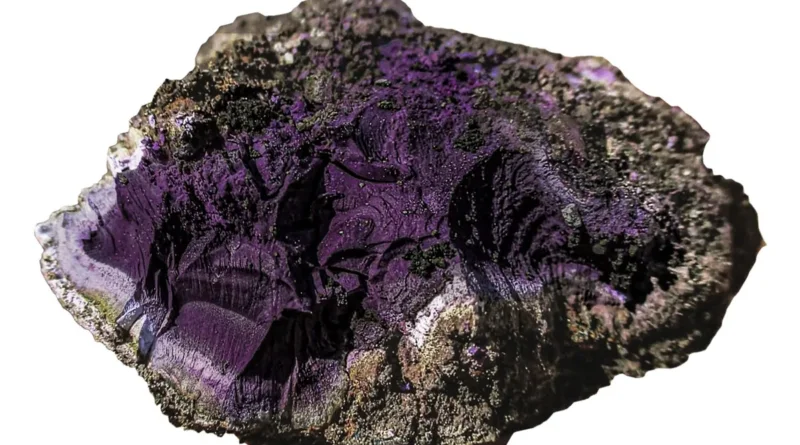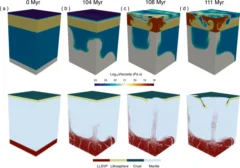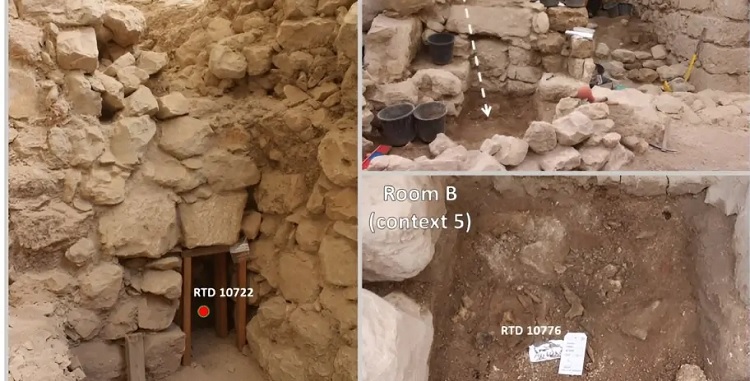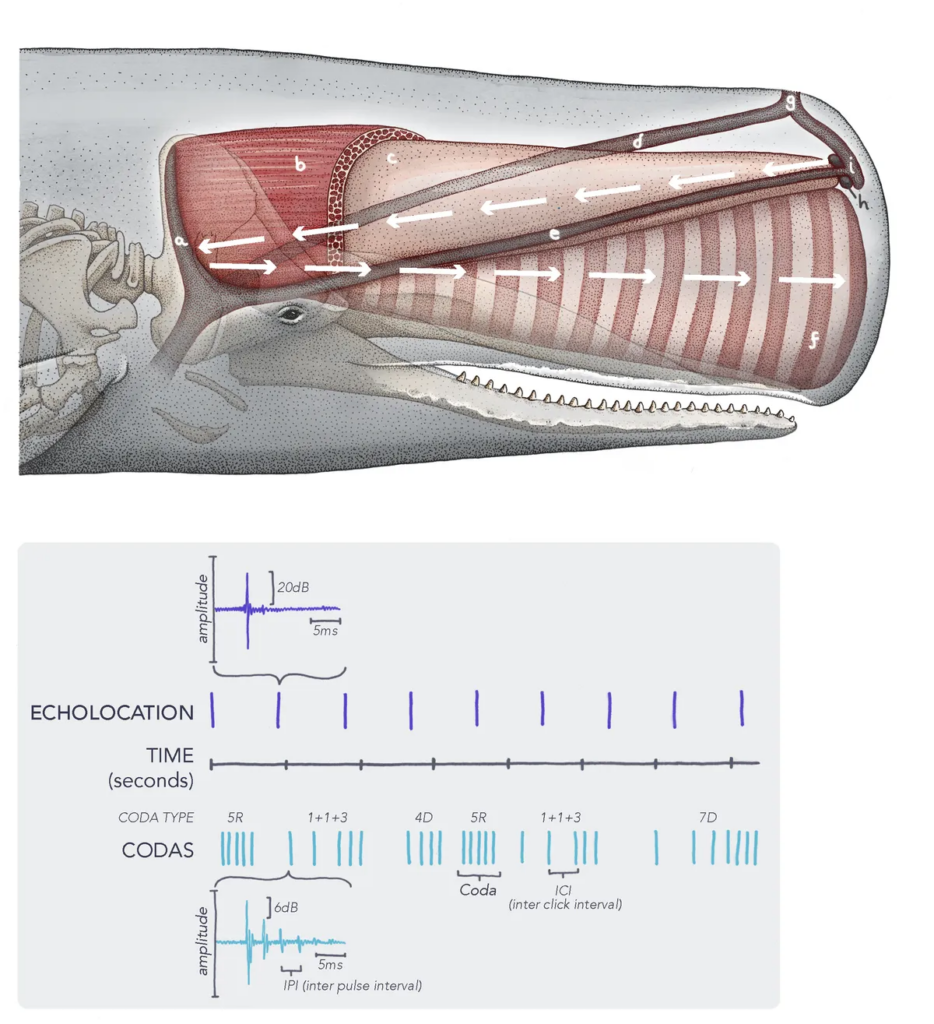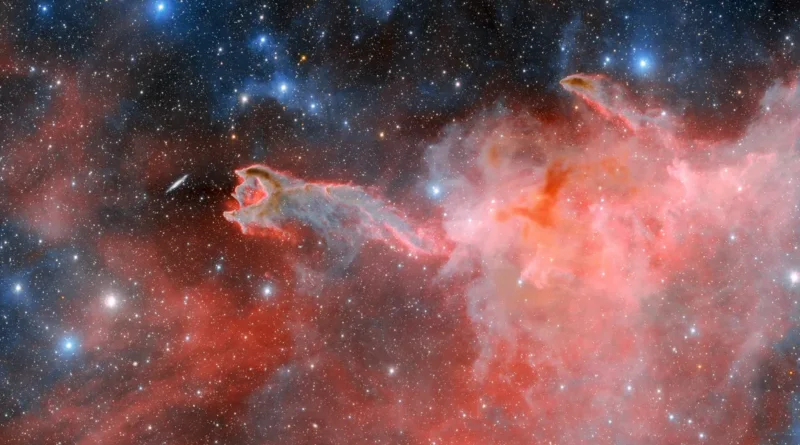A 16th-century "vampire" buried with a stone brick in her mouth has been resurrected thanks to the work of a facial reconstruction expert. A long-dead woman found in a mass grave of plague victims could be suspected of spreading the disease due to her bloodlust, so her ominous mouth was bricked up.
The body was first discovered in 2006 during the excavation of a burial on the island of Lazzaretto Nuovo in the Venetian lagoon. The island was once used as a sanatorium for plague patients, but became the final resting place of a large number of people who died during an outbreak of the plague in 1576.
Although it predated the publication of Bram Stoker's Dracula by more than 300 years, this period in European history saw a surge of vampire hysteria as villagers began to look to supernatural scapegoats for the deadly diseases ravaging the continent. The vampire theory is believed to have been popularized by Italian grave diggers who regularly encountered gruesome decomposing corpses, opening mass graves to replenish with new bodies.
These rotting remains often looked horribly bloated, their mouths and noses oozing with bodily fluids, suggesting they feasted on the blood of their gravemates. In some cases, the shrouds placed over the corpses' mouths could decompose, suggesting that the vampires somehow drew their power from eating these pieces of cloth.
After analyzing the woman's corpse in 2010, researchers came to the conclusion that the brick was deliberately placed in the woman's mouth by gravediggers who noticed that she had "eaten" her face cape. Thus, the insertion of a hard stone may have been intended to prevent the magical spread of the plague through the bites of other victims.
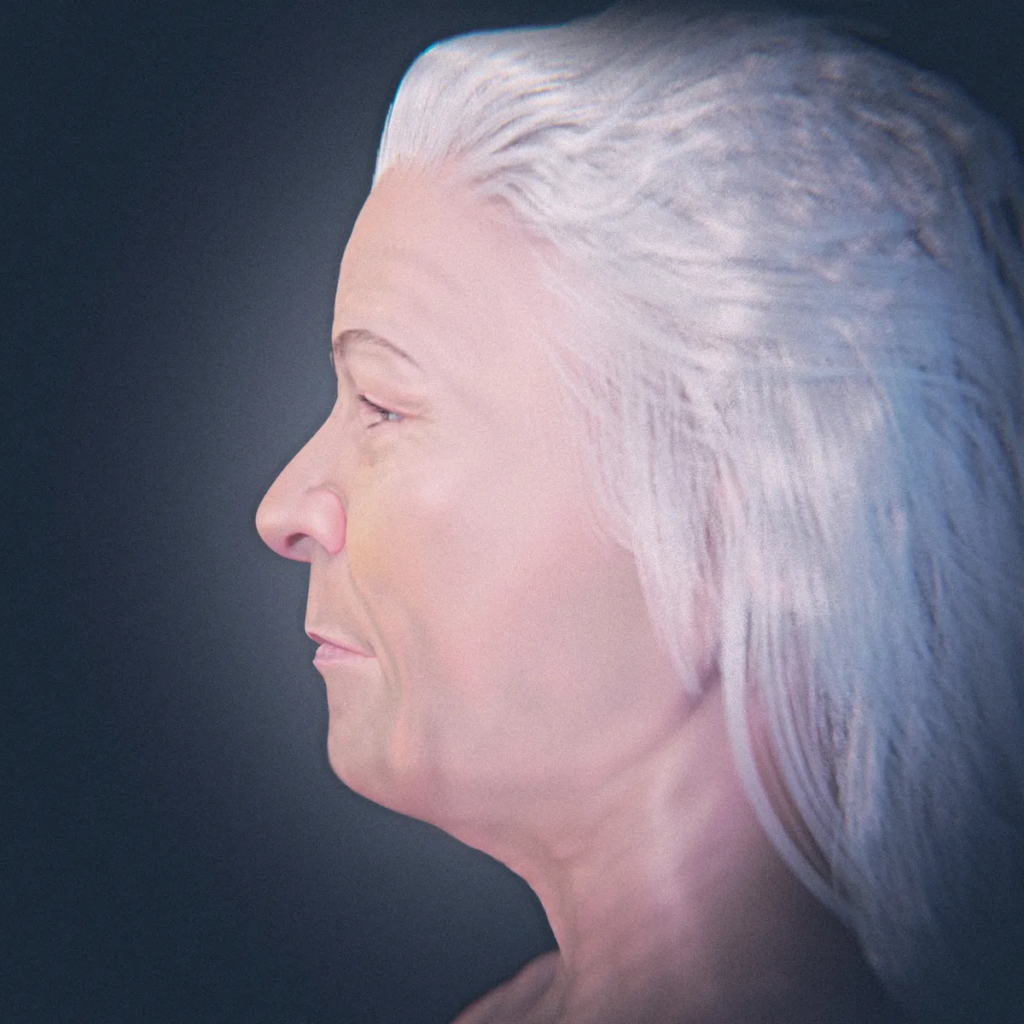
Further analysis of the bones revealed that the woman was around 60 years old when she died, and that she ate mostly vegetables and grains, a diet that indicates a low social class. Although this information does not bring us any closer to understanding why this person was believed to be a vampire, further research has thrown cold water on the whole idea, suggesting that the brick may have ended up in the corpse's mouth by accident.
To reconstruct the woman's face, 3D designer and forensic expert Cicero Moraes first drew the front and side views of the skull, as well as the dental arches, using measurements and projections of the real skull. This model was then augmented with a digital image by morphing a CT scan of a modern human face to match the contours of an ancient skull.
Although the woman's face was initially reconstructed by archaeologists who first analyzed her remains in 2009, the authors of that study told IFLScience that they did not share their data with Moraes. As such, the new approximation of the face appears to be based on images of the skeleton available online, and as a result may be less accurate than the first attempt, which gained widespread attention after being featured in a National Geographic documentary.
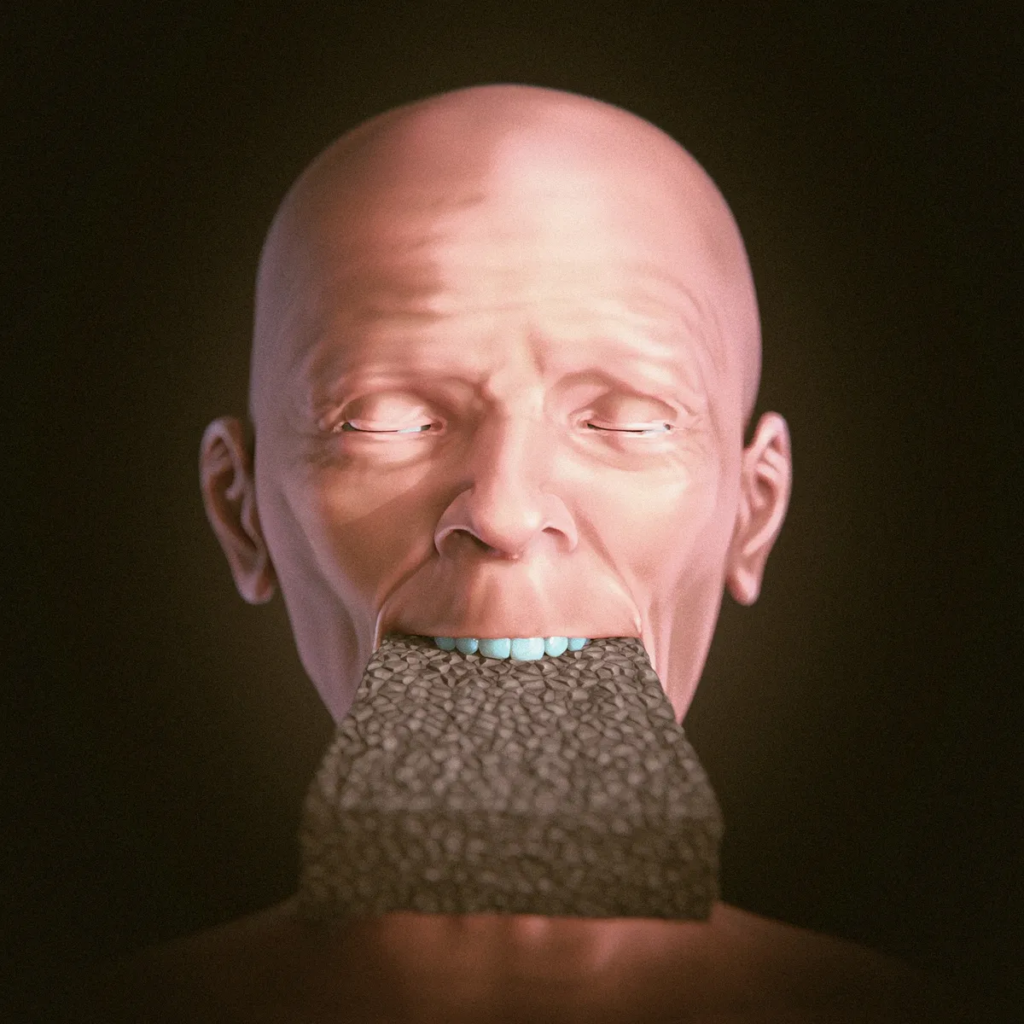
Moraes created a replica of the Styrofoam brick and conducted a series of experiments to determine whether the object could have been deliberately placed in the woman's mouth after her death. The results showed that the brick could have been placed in the mouth without damaging the teeth or soft tissue, although it is still unclear whether this was done on purpose or not.
The study was published in the journal OrtogOnline.


 244
244


